Off-year primary elections in New York City took place on Tuesday, and the most interesting race by far is the Democrat Primary for Mayor. The winner of the primary is expected to have little trouble in the general election and will replace current Mayor Bill de Blasio after the general election.
While there was a large field of Democrat wannabe mayors, the main players seemed to be the top four candidates, each of whom had a significant faction of Democrat Party voters behind them.
The leader, by a surprising margin of 32% to 22% over the second-place finisher, was Brooklyn Borough President Eric Adams, a 22-year veteran and retired Captain of the NYPD, finishing ahead of far-left candidate Maya Wiley, who received the endorsement of Alexandria Ocasio Cortez in the race.
Former Democrat Presidential Primary candidate Andrew Wang, who was a leader in early polling, and who had garnered press attention for himself by challenging many Democrat Party orthodoxies, including policies on COVID-19 — ended up finishing fourth with only 12%.
What is remarkable about the outcome, and should terrify the Democrat Party and Democrat candidates for office from now to November 2022, is the fact that Adams ran on a platform that was unabashedly pro-NYPD and pro-policing. He criticized the ridiculous policies of many big-city Democrat politicians like de Blasio, who excused the post-George Floyd violence in cities for political advantage in opposing all things Trump.
The outcome was expected to be much closer between the top four candidates, with both Wiley and Yang expected to do better than the 22% and 12% totals they received. At the same time, Adams significantly over-performed his expectations.
Crime frequently topped polls as a leading concern among voters, vaulting Adams — a former police captain who ran almost singularly on a promise of restoring safety to the city — into first place and minimizing the impact of the “defund NYPD” movement that got a foothold in city politics last year.
“New Yorkers are feeling this energy,” Adams told reporters in Manhattan Tuesday morning, repeating his campaign pledge to drive down shootings.
One of de Blasio’s most controversial moves in reshaping NYPD policies was to disband the “anti-crime” units in each of the City’s precincts. The “anti-crime” officers worked in plain clothes and their responsibility was to interdict street crime activity before it could get started. The citywide unit consisted of roughly 600 plainclothes officers whose primary focus was to remove illegal guns from the streets.
Early statistics showed that gun crimes soared by over 200% in the weeks following de Blasio’s move.
Gun violence exploded across the city after the NYPD disbanded its anti-crime unit of plainclothes cops on June 15, with three times as many shootings in the last two weeks of the month over the same period in 2019, police stats show.
And the shocking rise in gunfire — to 116 incidents from 38 between June 15 and July 2, a 205 percent increase — meant scores more victims were hurt or killed by bullets this year over last year.
Gunshot injuries skyrocketed to 157 from 47 in 2019, a 238 percent increase.
Adams wasn’t the only candidate to attempt to fashion a “law and order” campaign message to attract Democrat primary voters for whom the crime rate was a primary concern. As the COVID crisis faltered in importance, Andrew Yang tried to pivot to a more aggressive stance in favor of the police. But Adams had beaten him there and had the benefit of credibility earned from having spent 22 years on the NYPD.
Third place finisher Katherine Garcia was the “establishment” candidate, having served for seven years in the de Blasio administration, including her current position as City Sanitation Commissioner. She received the endorsement of the New York Times and NY Daily News Editorial Boards, but never gained much traction with voters in the polls.
There is one variable that is yet to play itself out completely. New York is using a “ranked-choice” balloting system this year. GENERALLY speaking — and I’m not completely sure of the specifics of New York’s system, when the leading candidate fails to obtain 50%, all candidates near the bottom of the polls — under a certain percentage of votes as set forth in the election law — are removed from the race and their voters are assigned to the candidate who was their “second choice” vote. This process continues over several cycles, with the higher-ranked candidates picking up votes along the way from the voters for lower-ranked candidates, with those votes being shifted to the voters’ second selection until someone receives more than 50% of the vote.
Adams is the closest, needing only 18% more of the vote to reach 50%, so he needs to be a “second-ranked” choice on far fewer ballots than do those candidates trailing him. A come-from-behind win by one of the other candidates is possible, but it’s not likely.
The most important take-away, however, is that Democrat voters rallied behind a pro-police candidate rather than a representative of the current Mayor, or a “social justice warrior” endorsed by AOC and her socialist allies in Congress.
Pro-police retired police captains are in short supply when it comes to Democrat Party candidates. The Democrats may need to get busy looking for more of them because the AOC model may have gone out of style.
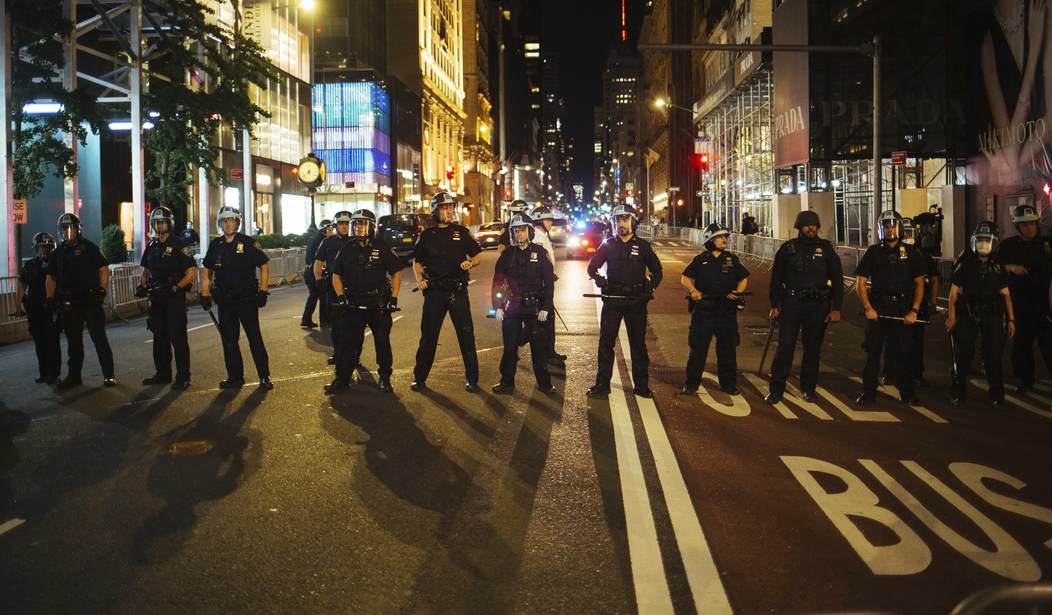


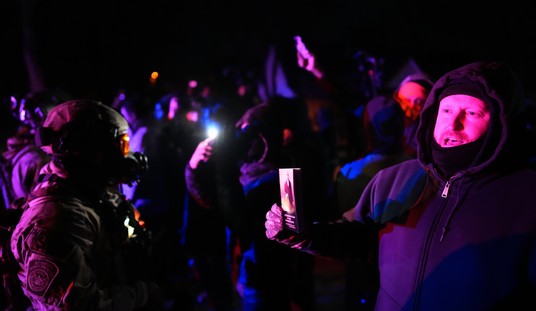
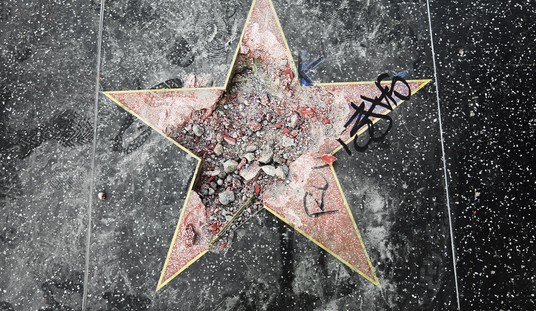






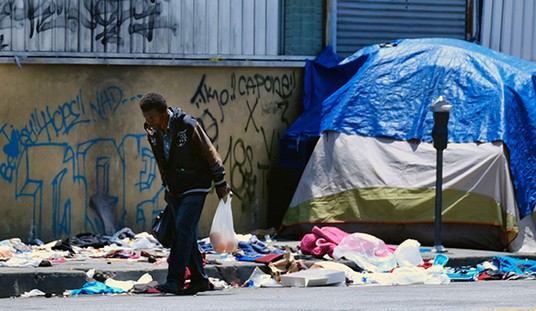


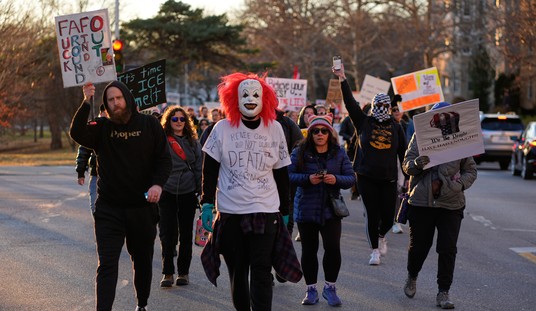
Join the conversation as a VIP Member